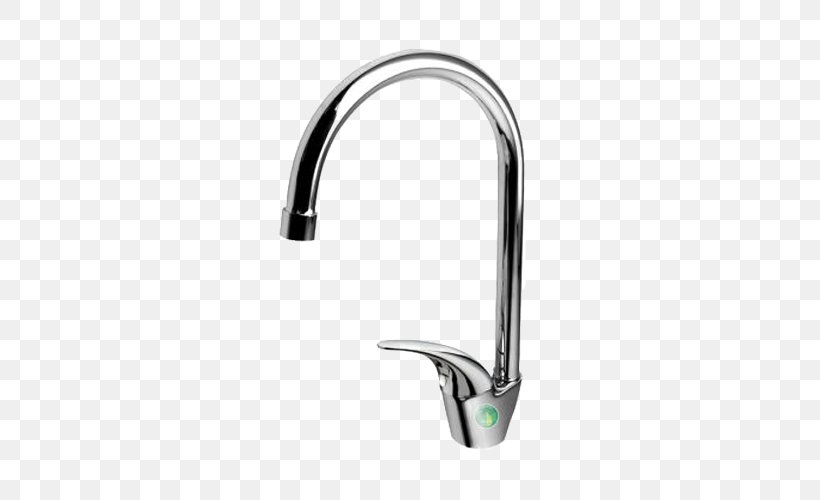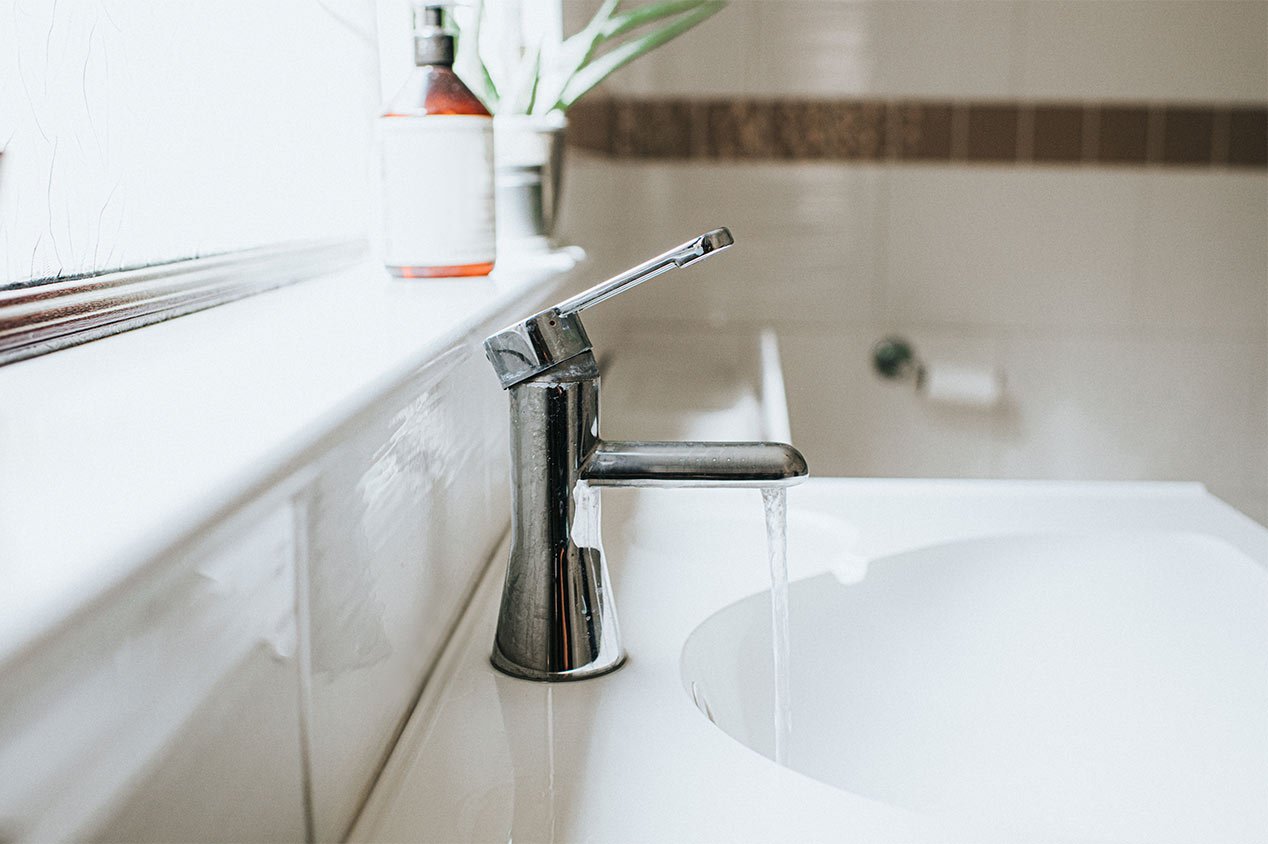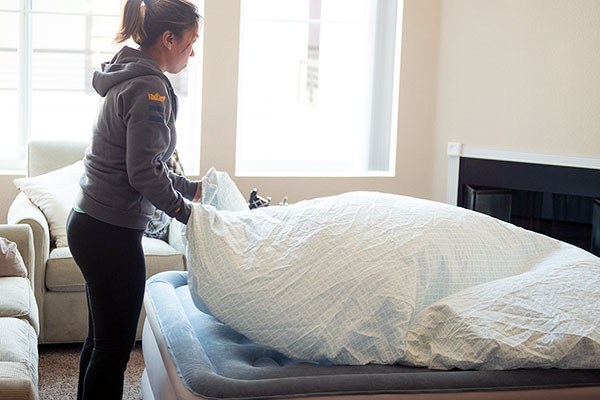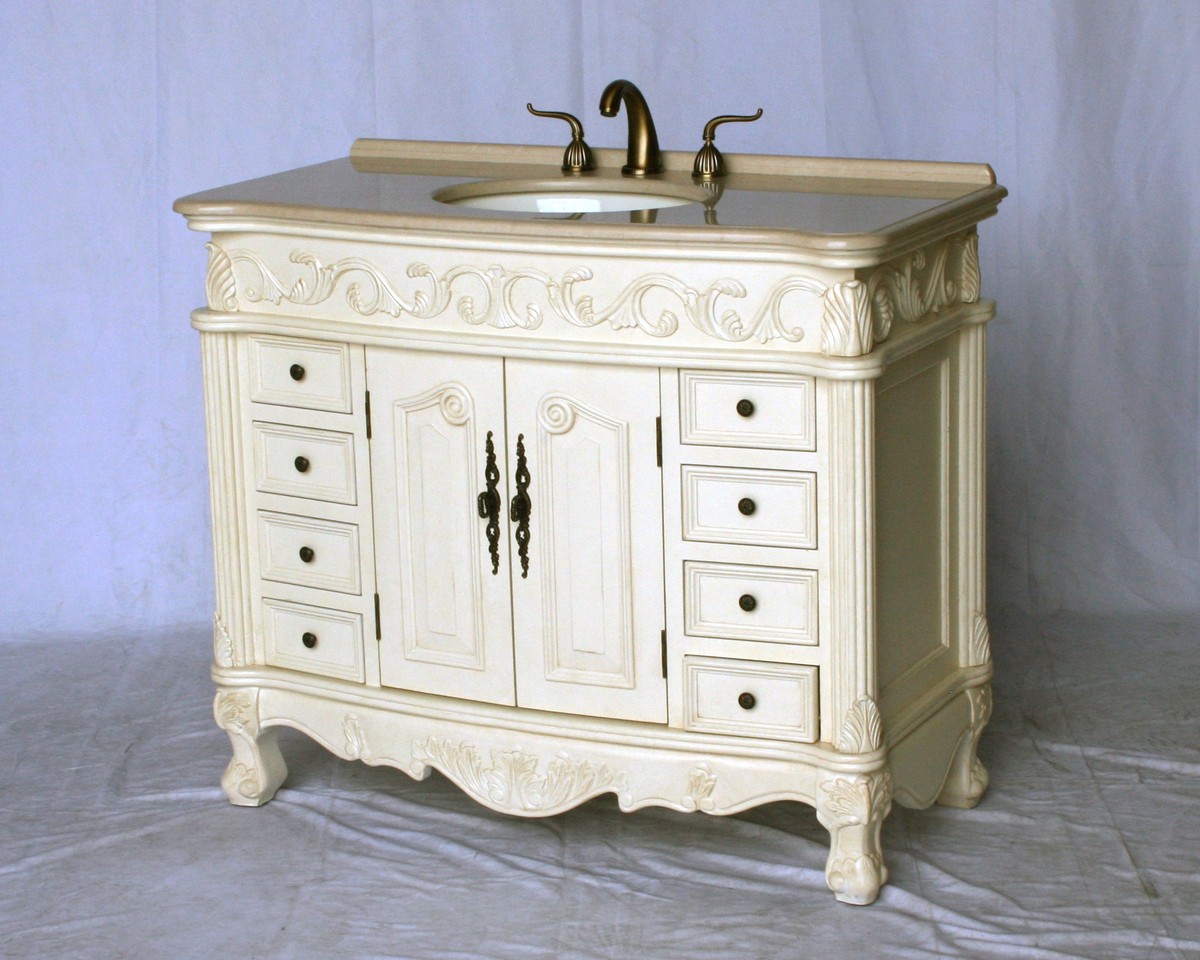If you've ever turned on your bathroom sink and found that there's little to no hot water pressure, you know how frustrating it can be. It's a common problem that can disrupt your daily routine and leave you feeling frustrated and inconvenienced. In this article, we'll discuss the top 10 reasons why your bathroom sink may have no hot water pressure and provide solutions to help you fix the issue.No Hot Water Pressure in Bathroom Sink: Causes and Solutions
Low water pressure in your bathroom sink can be caused by a variety of factors. It could be an issue with your plumbing system, a problem with your water heater, or even a clogged faucet. Here are the top 10 reasons why your bathroom sink may be experiencing low hot water pressure:Low Water Pressure in Bathroom Sink: What Could Be Causing It?
1. Faulty Water Heater: One of the most common causes of no hot water in the bathroom sink is a faulty water heater. If your water heater is not working properly, it can lead to low hot water pressure or no hot water at all. Check your water heater for any signs of damage or malfunction and consider calling a professional to have it repaired or replaced. 2. Clogged Pipes: Another common cause of low hot water pressure in the bathroom sink is clogged pipes. Over time, mineral deposits and debris can build up in your pipes, reducing the flow of hot water. If you suspect your pipes may be clogged, you can try using a pipe cleaner or call a professional plumber to clear them out. 3. Faulty Faucet: If your hot water pressure is low only in the bathroom sink, it could be due to a faulty faucet. Over time, the internal components of your faucet can wear out or become clogged, resulting in reduced hot water flow. Consider replacing the faucet or having it repaired by a professional. 4. Water Heater Size: If you have a small water heater, it may not be able to provide enough hot water for your entire household. This can result in low hot water pressure in your bathroom sink. Consider upgrading to a larger water heater to meet your household's needs. 5. Water Heater Age: Like any appliance, water heaters have a lifespan. If your water heater is old and worn out, it may not be able to provide enough hot water for your household. Consider replacing it with a newer, more efficient model to improve hot water pressure in your bathroom sink. 6. Sediment Buildup: Over time, sediment can build up in your water heater, reducing its efficiency and resulting in low hot water pressure. Consider flushing your water heater regularly to remove any sediment buildup and improve hot water flow. 7. Water Pressure Regulator: If your home has a water pressure regulator, it may be set too low, resulting in reduced hot water pressure. Check the pressure regulator and consider adjusting it to improve hot water flow. 8. Frozen Pipes: If you live in a colder climate, frozen pipes could be the cause of your low hot water pressure. When water freezes, it expands and can block your pipes, reducing the flow of hot water. Consider using a hairdryer or calling a professional to thaw out your pipes. 9. Water Leak: A water leak can also cause low hot water pressure in your bathroom sink. Check for any visible leaks in your plumbing system and have them repaired as soon as possible. 10. Municipal Water Supply Issues: In rare cases, low hot water pressure in your bathroom sink could be due to issues with the municipal water supply. Check with your local water company to see if there are any known issues in your area.Bathroom Sink Has No Hot Water: 10 Possible Reasons
Now that you know the common causes of low hot water pressure in your bathroom sink, here are some solutions to help you fix the issue: 1. Check your water heater: If your water heater is the cause of the issue, consider having it repaired or replaced by a professional. 2. Clear clogged pipes: Use a pipe cleaner or call a professional plumber to clear out any clogs in your pipes. 3. Replace your faucet: If your faucet is faulty, consider replacing it with a new one or having it repaired by a professional. 4. Upgrade your water heater: If your water heater is too small or old, consider upgrading to a larger, more efficient model. 5. Flush your water heater: Regularly flushing your water heater can help remove sediment buildup and improve hot water flow. 6. Adjust water pressure regulator: If your home has a water pressure regulator, consider adjusting it to improve hot water pressure. 7. Thaw frozen pipes: Use a hairdryer or call a professional to thaw out frozen pipes. 8. Repair water leaks: Have any visible water leaks in your plumbing system repaired as soon as possible. 9. Contact your water company: If the issue is due to problems with the municipal water supply, contact your local water company for assistance.No Hot Water in Bathroom Sink: What You Can Do to Fix It
Experiencing low hot water pressure in your bathroom sink can be a frustrating and inconvenient issue. By understanding the common causes and implementing the solutions provided in this article, you can improve hot water pressure and get back to your daily routine without any disruptions. If the issue persists, consider contacting a professional plumber for further assistance.Final Thoughts
Why is There No Hot Water Pressure in Your Bathroom Sink?

The Importance of Hot Water Pressure in a Bathroom Sink
 When it comes to house design, the bathroom is one of the most important and functional spaces. It is where we start and end our day, and having a well-functioning bathroom is crucial for a smooth daily routine. One of the essential elements in a bathroom is hot water, and specifically, hot water pressure. Without proper hot water pressure, your bathroom sink can become a source of frustration and inconvenience. So, why is there no hot water pressure in your bathroom sink, and what can you do about it?
When it comes to house design, the bathroom is one of the most important and functional spaces. It is where we start and end our day, and having a well-functioning bathroom is crucial for a smooth daily routine. One of the essential elements in a bathroom is hot water, and specifically, hot water pressure. Without proper hot water pressure, your bathroom sink can become a source of frustration and inconvenience. So, why is there no hot water pressure in your bathroom sink, and what can you do about it?
Common Causes of Low Hot Water Pressure in Bathroom Sinks
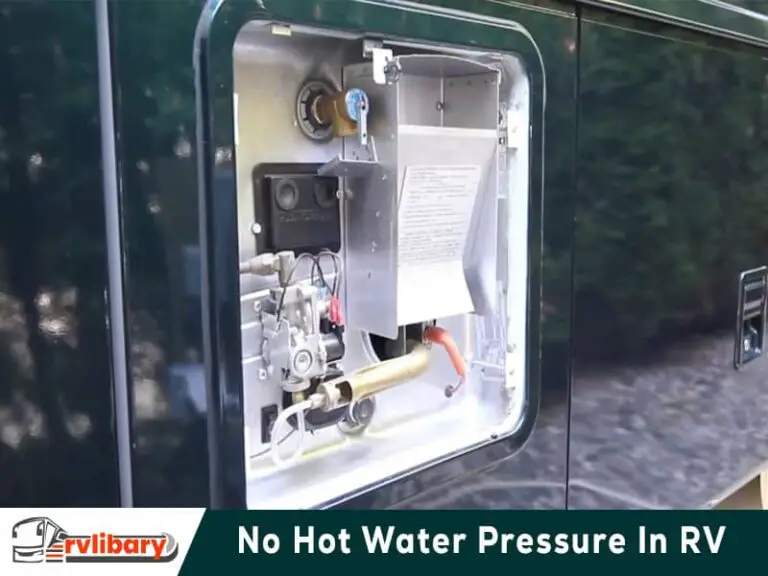 There are several reasons why you may be experiencing low hot water pressure in your bathroom sink. The first and most common cause is a clogged aerator. Over time, mineral deposits and debris can build up in the aerator, blocking the flow of water and reducing the pressure. Another possible cause is a faulty or old plumbing system. If your home has old pipes, they may have become corroded or damaged, hindering the flow of hot water. Additionally, a malfunctioning hot water heater or a water leak can also lead to low hot water pressure.
There are several reasons why you may be experiencing low hot water pressure in your bathroom sink. The first and most common cause is a clogged aerator. Over time, mineral deposits and debris can build up in the aerator, blocking the flow of water and reducing the pressure. Another possible cause is a faulty or old plumbing system. If your home has old pipes, they may have become corroded or damaged, hindering the flow of hot water. Additionally, a malfunctioning hot water heater or a water leak can also lead to low hot water pressure.
How to Fix the Problem
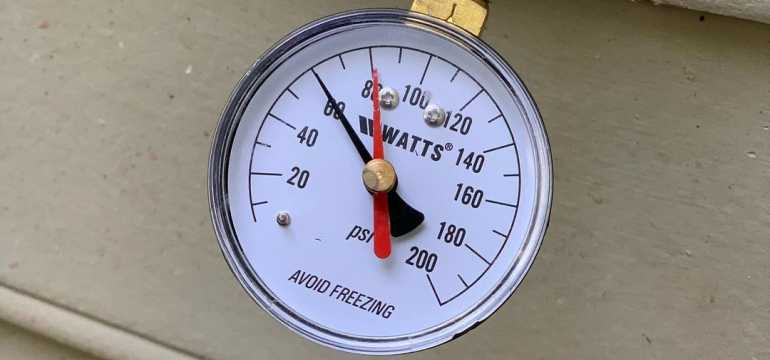 The solution to your low hot water pressure problem will depend on the cause. If it is a clogged aerator, you can easily fix it by unscrewing the aerator and cleaning it with a vinegar solution. For more severe cases, you may need to replace the aerator altogether. If the problem lies with your plumbing system, it is best to call a professional plumber to assess the situation and make any necessary repairs. They may recommend replacing old pipes or fixing any leaks. Lastly, if your hot water heater is the culprit, you may need to have it serviced or replaced.
The solution to your low hot water pressure problem will depend on the cause. If it is a clogged aerator, you can easily fix it by unscrewing the aerator and cleaning it with a vinegar solution. For more severe cases, you may need to replace the aerator altogether. If the problem lies with your plumbing system, it is best to call a professional plumber to assess the situation and make any necessary repairs. They may recommend replacing old pipes or fixing any leaks. Lastly, if your hot water heater is the culprit, you may need to have it serviced or replaced.
Preventing Future Issues
 To avoid experiencing low hot water pressure in your bathroom sink in the future, it is essential to maintain your plumbing system regularly. This includes cleaning or replacing the aerator, checking for leaks, and servicing your hot water heater. Additionally, be mindful of what goes down your drains to prevent clogs and damage to your pipes.
To avoid experiencing low hot water pressure in your bathroom sink in the future, it is essential to maintain your plumbing system regularly. This includes cleaning or replacing the aerator, checking for leaks, and servicing your hot water heater. Additionally, be mindful of what goes down your drains to prevent clogs and damage to your pipes.
In Conclusion
 Having no hot water pressure in your bathroom sink can be a frustrating and inconvenient issue. However, by understanding the common causes and taking the necessary steps to fix and prevent future problems, you can ensure a well-functioning and comfortable bathroom. If you are unsure of the cause or unable to fix the issue yourself, do not hesitate to seek professional help. A properly functioning bathroom is essential for a happy and comfortable home.
Having no hot water pressure in your bathroom sink can be a frustrating and inconvenient issue. However, by understanding the common causes and taking the necessary steps to fix and prevent future problems, you can ensure a well-functioning and comfortable bathroom. If you are unsure of the cause or unable to fix the issue yourself, do not hesitate to seek professional help. A properly functioning bathroom is essential for a happy and comfortable home.





















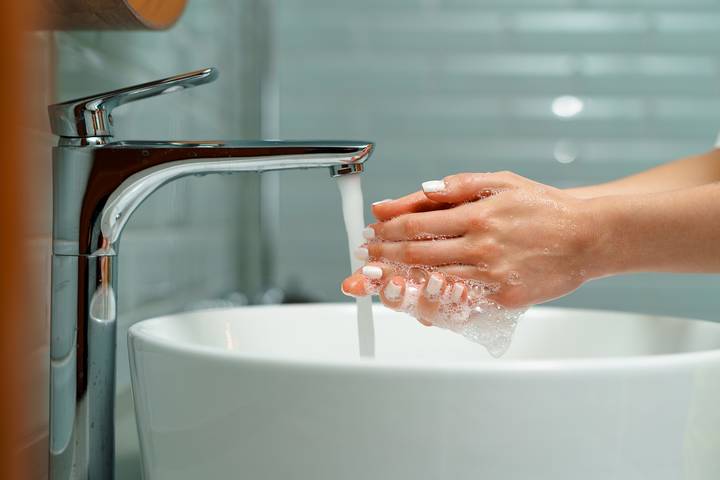
/close-up-of-overflowing-bathroom-sink-90201417-579787783df78ceb865822d8.jpg)
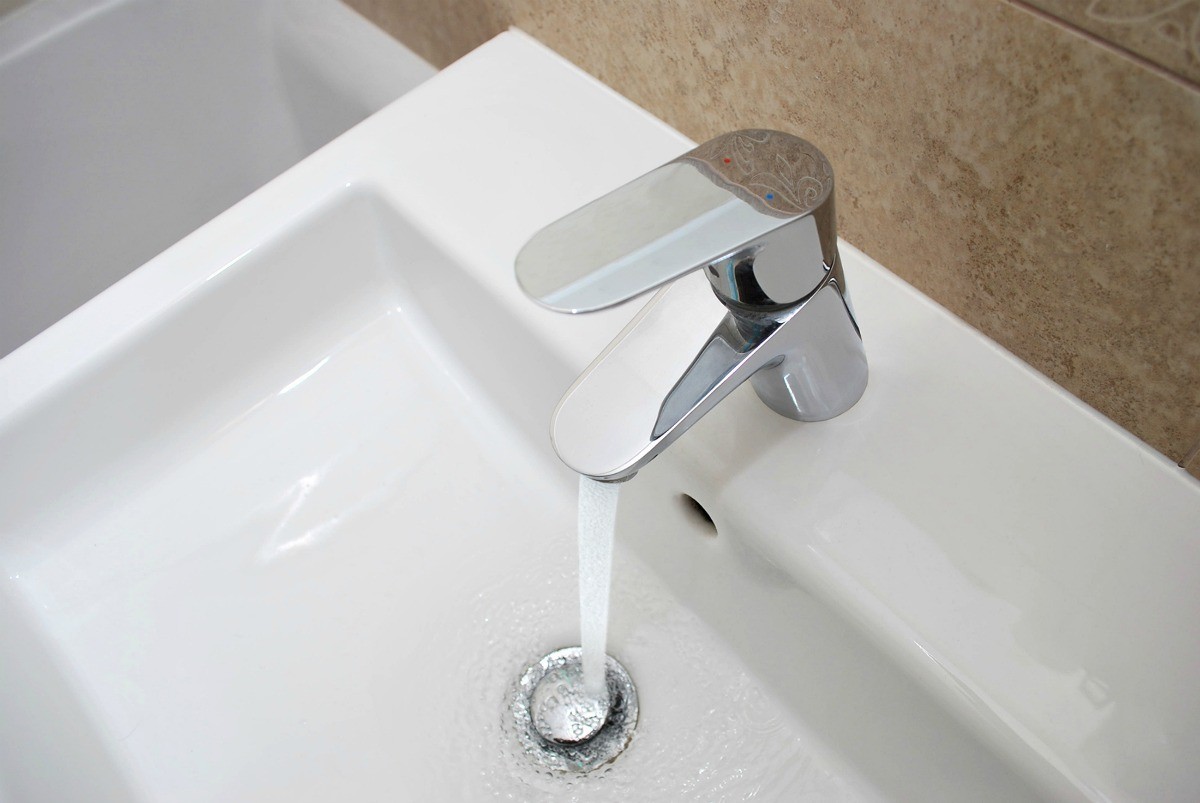





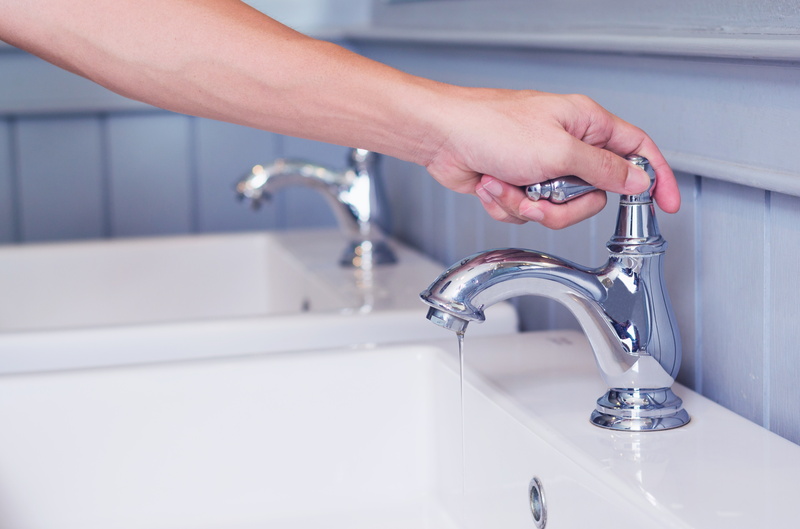






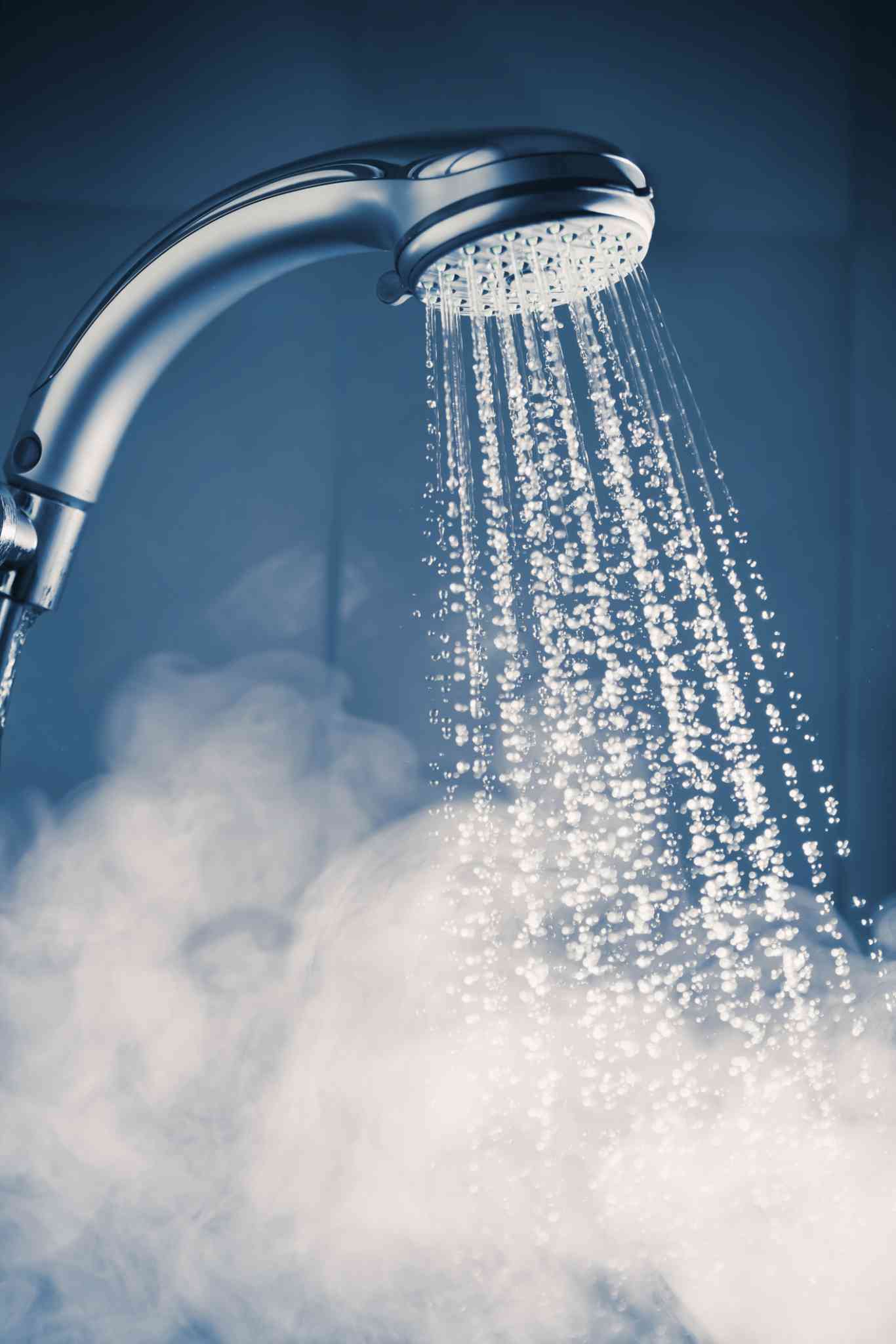

/close-up-of-overflowing-bathroom-sink-90201417-579787783df78ceb865822d8.jpg)
